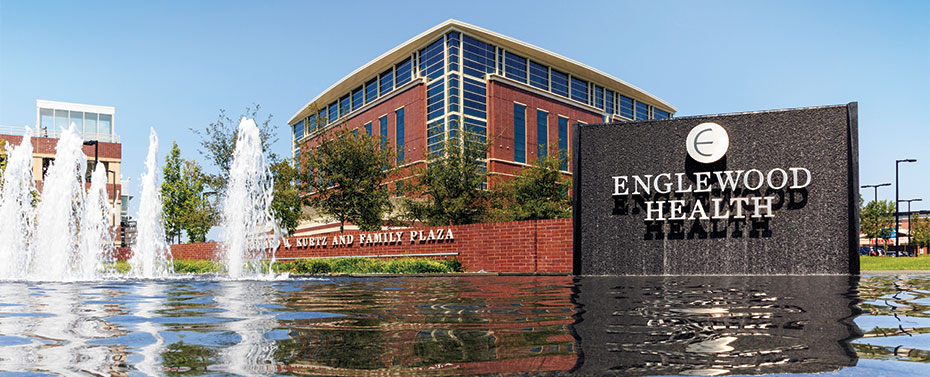The 1950s

By 1950, Englewood Hospital had emerged with a strong blend of facilities, equipment, medical staff and community support.
Following World War II, welfare fringe benefits secured by labor contracts expanded access to healthcare. Soon, private health insurance became a standard employee benefit. In the mid-1960s, Medicare and Medicaid enhanced financial access for the elderly and poor.
These programs translated into a massive infusion of funds into healthcare delivery, spurring the need for more facilities and doctors. Additional federal and private funds became available for hospital construction, medical education and research.
In the late 1950s, the Board of Freeholders commissioned a survey titled, “A Hospital Plan for Bergen County.” It recommended that the hospital expand to 467 beds by 1965. And so, the hospital began its seventh decade with a $1.1 million building fund campaign. A new West Wing, dedicated in 1953, replaced two wings of the old clinic and provided 100 additional adult beds. In 1956, a $4.5 million building program soon grew to be $7 million to fully expand the West Wing.
The expansion changed the face of the hospital. Pierce Hall was demolished and property on Brownes Terrace was acquired to meet the ever-growing needs for more parking.
Completed in 1965, the expansion provided needed facilities for the growing Public Health Services Department, including clinics and public health nursing, and other services such as emergency, cobalt therapy, and pediatrics.
